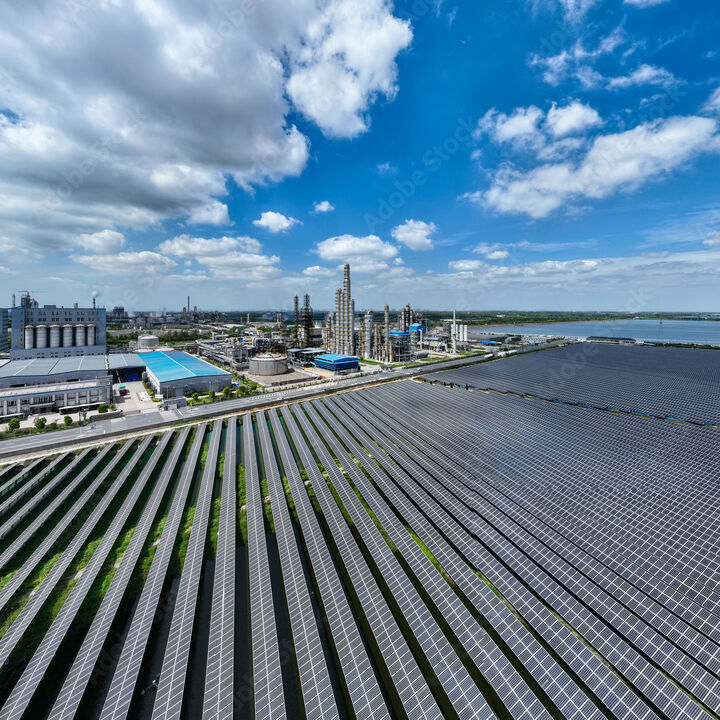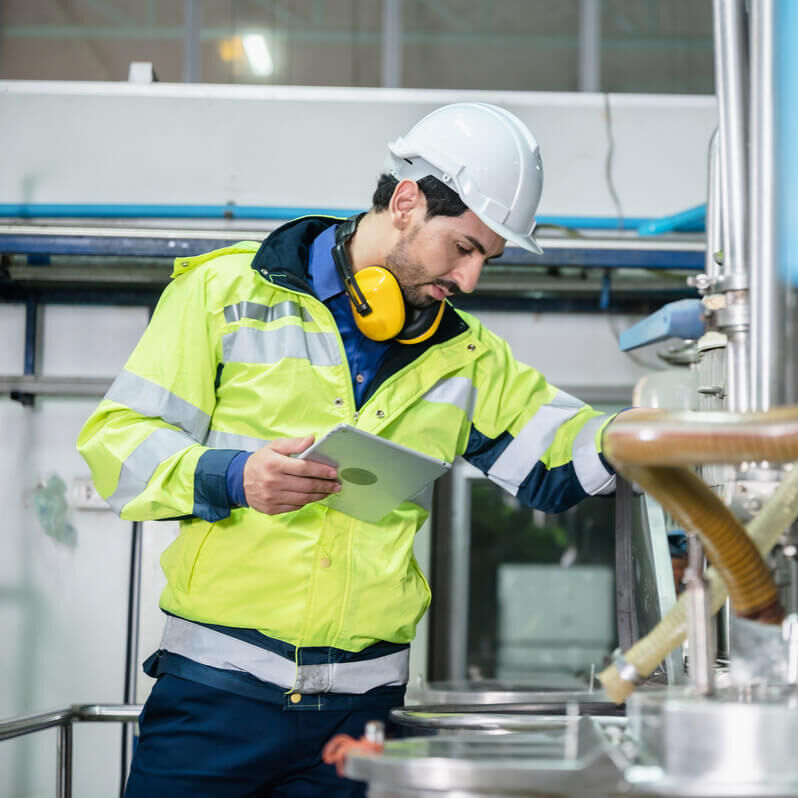Energy efficiency in in chemical companies and plants
The chemical industry is a high-energy industry: 20 to 40 percent of the manufacturing costs of goods sold (cost of goods sold, COGS) are linked to energy. Due to this particular economic importance and the significant contribution to sustainability, larger companies in the industry are already working intensively on energy efficiency strategies and measures. Many of these correspond to the classic steps for improving the production process, such as identifying bottlenecks or avoiding unnecessary process steps.
Another starting point is to take a structured look at topics such as energy generation, distribution, and consumption. Against the backdrop of rising energy costs, new opportunities and attractive payback are emerging here. There are good examples in the field of thermodynamics: heat pumps, for example, can harness energy from 60-degree wastewater for the production process. It is also worth reviewing the use of energies such as compressed air and high-pressure steam and possibly using new technologies with better efficiency.
Holistic improvement of energy efficiency
Holistic optimization of energy efficiency begins with sufficiently granular measurement. In the past - due to the cost structure - the focus was often on process parameters rather than measuring energy consumption. Refining this and incorporating energy KPIs into performance management are important first steps. In addition to energy management, technical measures play a central role, which can be determined by professional energy scans. The situation often arises where these measures "compete" for both CAPEX and engineering resources. Do "classic" growth projects or energy issues take priority? In the best case scenario, it is possible to combine the two or reserve resources for energy topics so that they can be implemented in parallel.
CLIENTS
Further services for the chemical industry



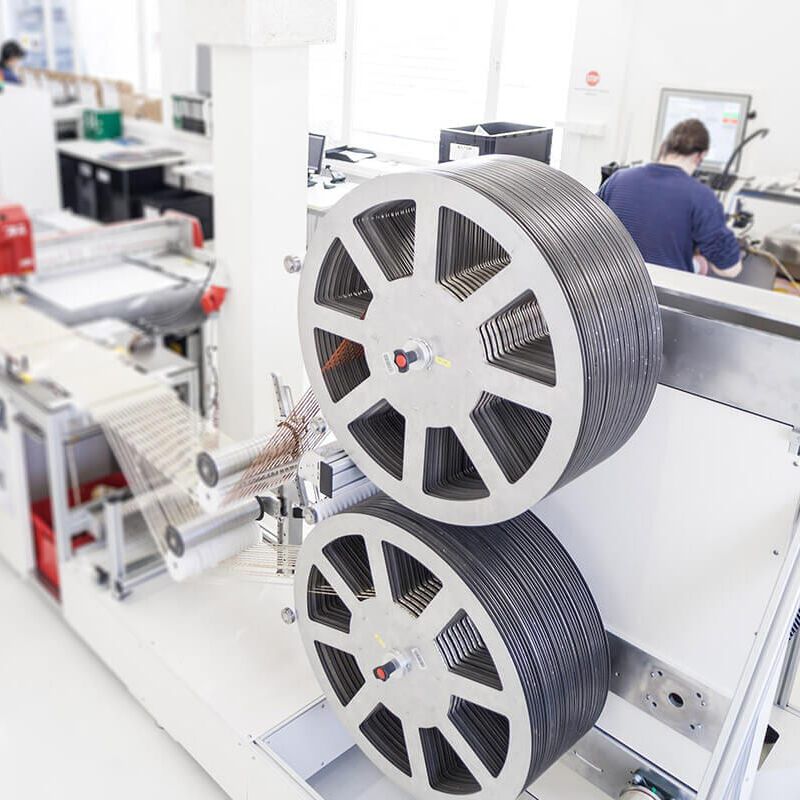
![[Translate to English:] ROI Case Studie - Digital Twin](/fileadmin/_processed_/6/1/csm_roi-casestudy-digital-twin_3c8c268a58.jpg)

![[Translate to English:] Warehouse 4.0, Intralogistik 4.0, Logistik](/fileadmin/user_upload/intralogistik-2030-roi-beratung.jpg)


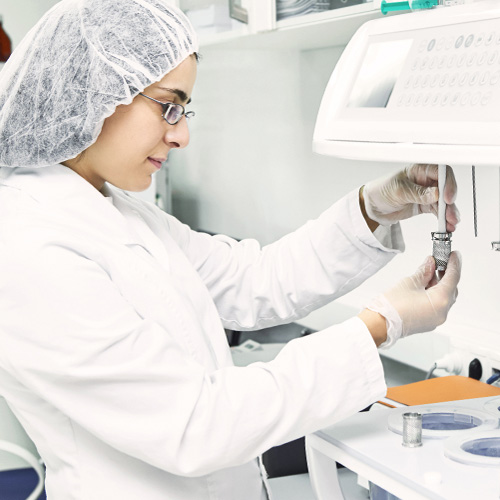
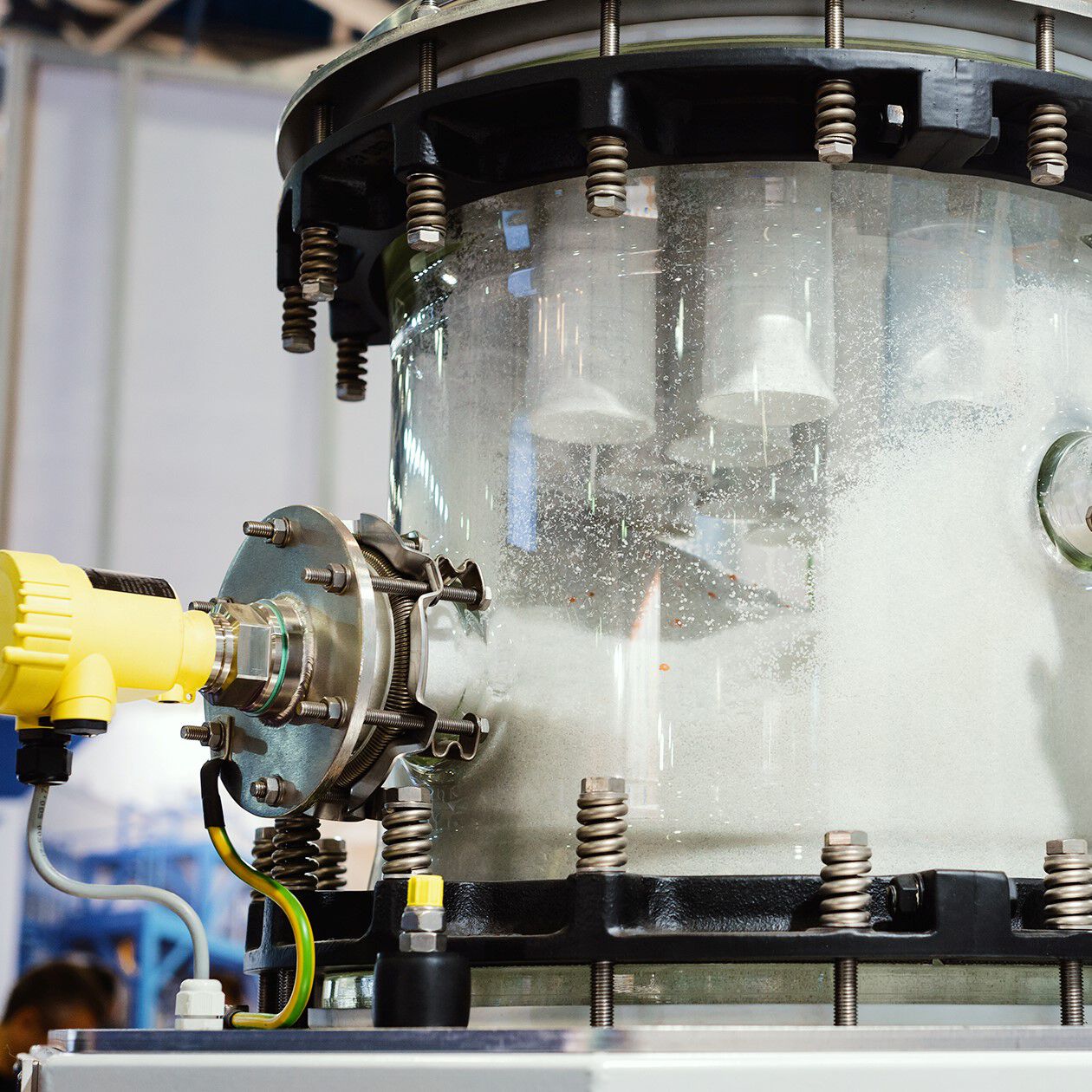
![[Translate to English:] [Translate to English:]](/fileadmin/_processed_/6/e/csm_EFESO_sustainability_sustainable_products_53f73ed7fd.jpg)
